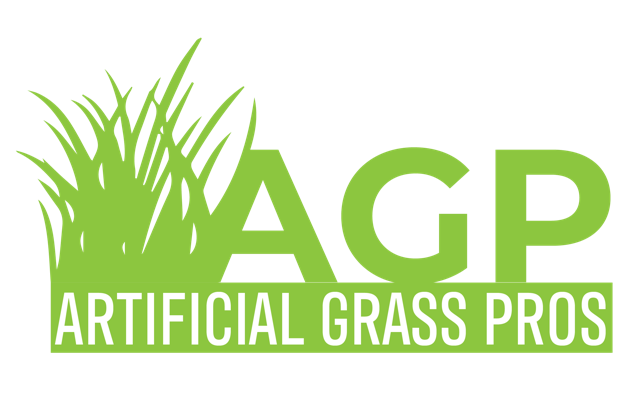Artificial turf is a large surface of synthetic fibers designed to appear like natural grass as close to
the original appearance as possible. It’s most frequently found in sporting venues for sports which
are commonly played or originally were played on natural grass, such as tennis, golf, football and
basketball. But it’s now also being used in commercial and residential applications as well, and even
on golf courses. And because of this, there are a growing awareness and desire among consumers
to use synthetic turf. But with so many types and varieties of synthetic turf available, how do you
choose the best type to use in your yard?
If you have a small patch of land with no natural grass, an athletic field, then artificial turf might be
your best option. This is particularly the case with public recreational areas, school grounds, sports
complexes, and even in commercial properties where commercial cleaning and maintenance aren’t a
concern. With a synthetic turf sporting field, you can be assured that any stains, spills or dirt won’t be
absorbed into the surface, but will instead be washed away quickly to prevent them from causing
harm to the user. Synthetic fibers are also more durable than natural grass, which means that these
surfaces will stand up to high traffic for longer periods of time.
When shopping around for synthetic turf, consider factors such as whether you’re looking for fields
that are portable, whether you’re looking for one-touch installation or if you want the turf to be
installed on a slope. As well as the number of players, you’ll also need to consider what materials
are used and how many ‘yards’ a field can hold. Common materials used in synthetic turf are:
polyethylene, ethylene, rubber and crumb rubber. Each of these materials have different
characteristics when manufactured into a synthetic product, and some are more suited to particular
sports.
If you’re looking at purchasing crumb rubber for your sports fields, you’ll need to purchase a study
conducted to determine the ideal surface temperatures for this material. Studies have shown that
there are varying surface temperatures between each individual rubber species, which could mean
that certain species may not work well in extreme temperatures. Watering synthetic turf needs to be
done at regular intervals, and this can be determined by doing a soil temperature study at each site.
This is because the materials used to make the turf are not always stable at all, and constant
watering and washing may cause the surface to become uneven and ruined.
Installing artificial grass requires different installation techniques than traditional grass would. The
most common technique for installing artificial grass is with low-pressure spraying. This method of
installation has consistently proven to be effective, and is often the chosen installation technique for
indoor fields. Low-pressure spraying does not damage the turf, as it can be controlled with the press
of a button. Low-pressure spray systems can also be used on artificial grass during heavy
downpours, as the heavy rain can cause damage to the turf if the water goes inside.
Synthetic turf offers a number of benefits over natural grass for a variety of sporting activities.
Synthetic turf is more durable and has a longer lifespan than natural grass, but it does require
periodic maintenance. Research and studies on artificial turf continue to increase the knowledge on
its benefits and disadvantages. A good sports medicine professional should be consulted for
information on choosing artificial turf for your specific situation. Look into our other blogs for more info!
(561) 418-6975
info@turfgrasswestpalmbeach.com

Recent Comments